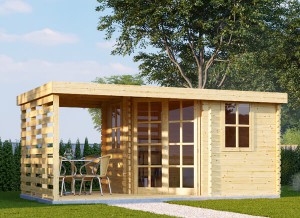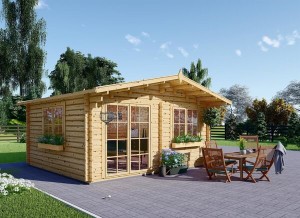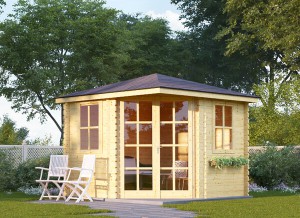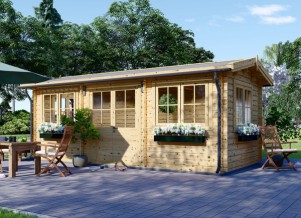Congratulations on taking the first step to planting your own garden! In this article, we will dive into the most important things to know about how to plant whatever garden your heart desires! You won’t be disappointed if you follow our sage advice on planning, starting, and caring!
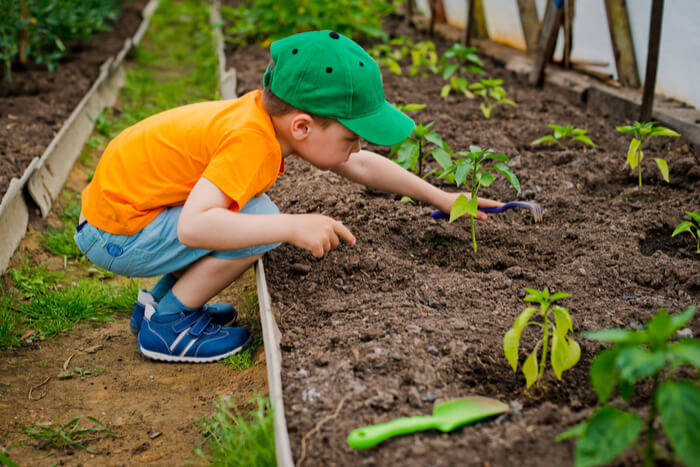
How to Plant a Garden Near Your Shed
Planting a garden near your wooden shed is a great idea for a few reasons. First, you will be close to all of the necessary tools. Second, you will be close to your workshop. Third, it is literally the most convenient place you could ever hope to plant your garden!
Tip #1: Decide on a Theme
What would you like to plant? Do you want herbs? How about flowers? Maybe vegetables? Would you rather grow annuals or perennials? What kind of herbs will grow in your hardiness zone? Is it the correct time of year to plant veggies? If so, what kinds flourish in your climate?
These are all tricky questions, but you will have to answer them all the same! If you want, you can even designate different portions of your shed garden to all of the different categories! The only thing stopping you is your own imagination.
Tip #2: Start Small
If all of the questions in tip #1 blew your mind, you definitely want to start small. Even if you think you have a handle on everything, you should still start small. This goes double if you are new to gardening. So, put your ego aside and work with a manageable amount of plants. This will not only save you money, it will build up your confidence until you are ready to go big!
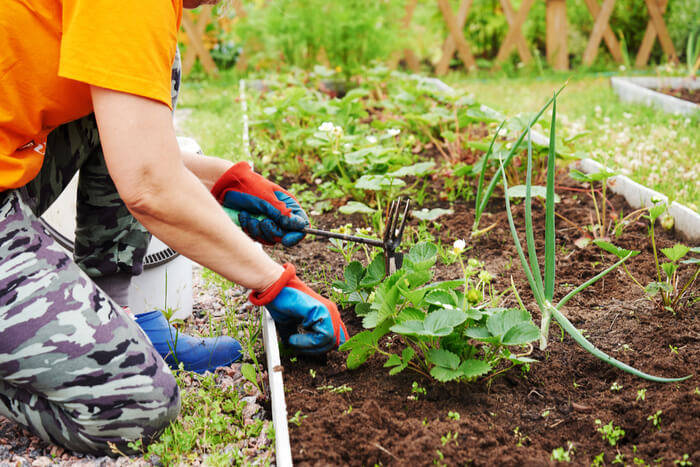
Tip #3: Purchase the Right Equipment
As soon as you know what kind of flora you want to cultivate, you can begin buying the right supplies to keep in your outdoor shed. When deciding which of these items to purchase, keep in mind what you are planting and how much you are planting.
- Fertilizer
- Mulch
- Topsoil
- Soil tiller
- Shovel
- Rake
- Spade
- Hoe
- Measuring tape
- Hose or sprinklers
- Notebook
Tip #4: Buy the Right Plant Starters
- Seeds – Perfect to purchase from nurseries, home improvement stores, or online. Make sure you know whether or not you must start the seed inside first. If you are lazy, get seeds that can be sown directly into the ground.
- Bulbs – Bulbs are usually bought and planted a few seasons before you want them to bloom. In fact, some bulbs take many years before the sprout, so do your research!
- Seedlings – Seedlings are awesome, because they have already been though the most difficult part of the growing stage. For that reason, they are much more expensive than seeds.
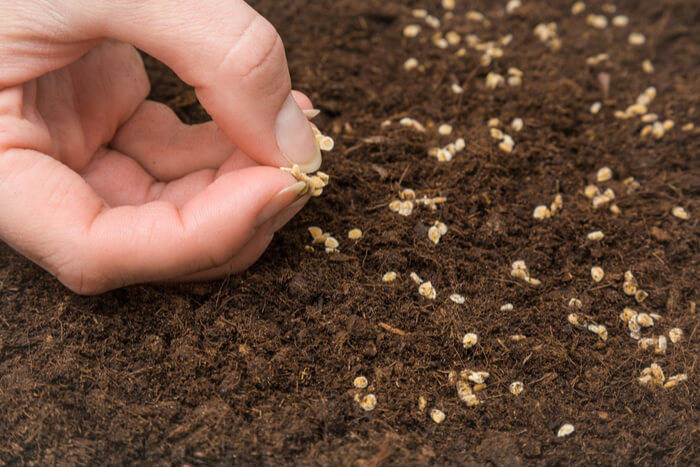
Tip #5: Ensure the Area is Garden Ready
This is one of the most important parts of planting your garden. If you are going to plant your flowers, veggies, or herbs in the ground, there are a few things you should take into account.
- Sunlight – During the time of the year you want to plant, take a few days and plot the amount of sunshine around the shed. The amount of sun each side of the building gets will help you decide on what type of your chosen plant to purchase.
- Drainage – No one wants to plant seeds or seedlings just to have them wash away or drown in standing water. Go ahead and flood your yard with your hose and see what happens around the garden shed. If the results aren’t good, consider building a raised bed or purchasing pots for a container garden.
- Beauty – What look are you going for? Do you want your shed garden to be the envy of all of your backyard buddies? Or, are you strictly interested in getting the best yield you can on vegetables or herbs? This will help you decide where to locate the plants.
Tip #6: Determine When to Plant
Not all plants will need to be started at the same time. You can find herbs, flowers, and vegetables that will grow during almost any season. That is why it is so important to do your research before you purchase any seeds or bulbs. Typically, sprouted seedlings are only available in your area during the correct season.
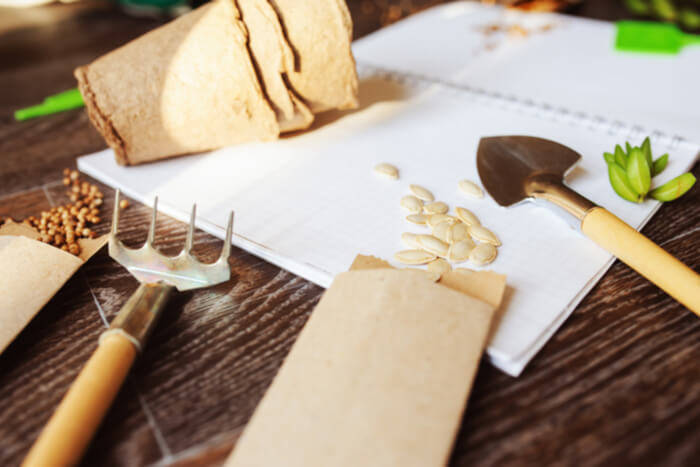
Tip #7: Soil
Healthy soil may be the most important part of planting a garden near your wooden shed. If the soil is rocky, rooted, sandy, or made of clay it will definitely need a makeover. There are a few ways you can do this, but we will give you a quick rundown of what we recommend.
If you have about a month, we like to enrich the soil naturally by placing 4 inches of compost on top of 5 or 6 layers of newspaper. Although this looks like a mess for a while, you will come out with sod-less, healthier soil. If there is no time, use a soil tiller to mix up what you’ve got.
Now, go ahead and add some organic matter. This can be in the form of fertilizer, compost, grass clippings, old autumn leaves, or manure. You can either till this into your dirt, or leave it on the surface. If you do the latter, it will take a few months to break down and enter into the soil.
Tip #8: To Dig or Not to Dig
That is the question. Although we spoke of digging and tilling in tip #7, there is a time and a place for it. The whole point of turning up the soil is to give your chosen plants room for the roots to expand. However, you don’t want to do any damage to the precious dirt!
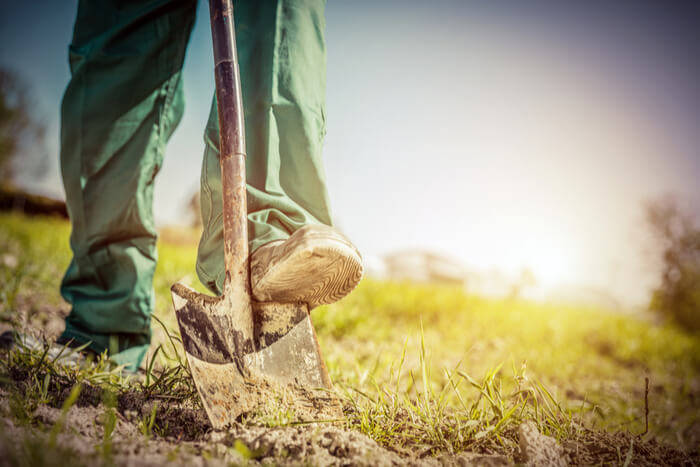
The answer is actually quite simple. Grab a handful of soil, and see if you can form a snowball in your hand. It shouldn’t be packed tight. In fact, it needs to be loose enough to fall apart when you let it fall from your hands.
For all of your outdoor building needs, look no further than tried and true Pineca.

